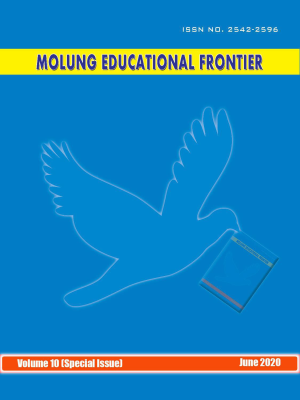Celebrating Teej as a Festival of (Re) union and Enjoyment
DOI:
https://doi.org/10.3126/mef.v10i1.34027Keywords:
Teej, festival, fasting, enhoyment, celebrate, devotionAbstract
Among many festivals that are celebrated in Nepal, Teej, is regarded as the most significant festival observed by women. If we trace its origin as Parvati’s union with Shiva after her long and hard penance, then we understand that it is the festival celebrated in memory of the victory of a wife's love and devotion towards her husband. If we observe the way it is celebrated today, then we come to understand that it is a festival celebrated as an occasion of (re) union with parents, bothers, and sisters in their maternal home and sense of joy and happiness. In Nepal and in most parts of North India women gather at their maternal home, have delicious meals, sing and dance with full sense of freedom and enjoyment during the occasion. Women can also express their feelings of pain and suffering which they have to bear at their inlaw’s house in the form of singing and dancing through which their burdens lightened. While some people still celebrate Teej as a religious ritual in ancient sense, many other people today celebrate it as an aspect of cultural life in modern sense. Despite different views and opinions about Teej, it has been an integral part of life of women in Hindu society of South Asia and beyond. This article explores how this festival provides a sense of joy and happiness to women to the women who are subjugated by patriarchal domination in Nepalese society and are free to reunite with maternal home and family and enjoy fully, if only during this occasion. It is based on the secondary sources and field study.
Downloads
Downloads
Published
How to Cite
Issue
Section
License
© Molung Foundation




